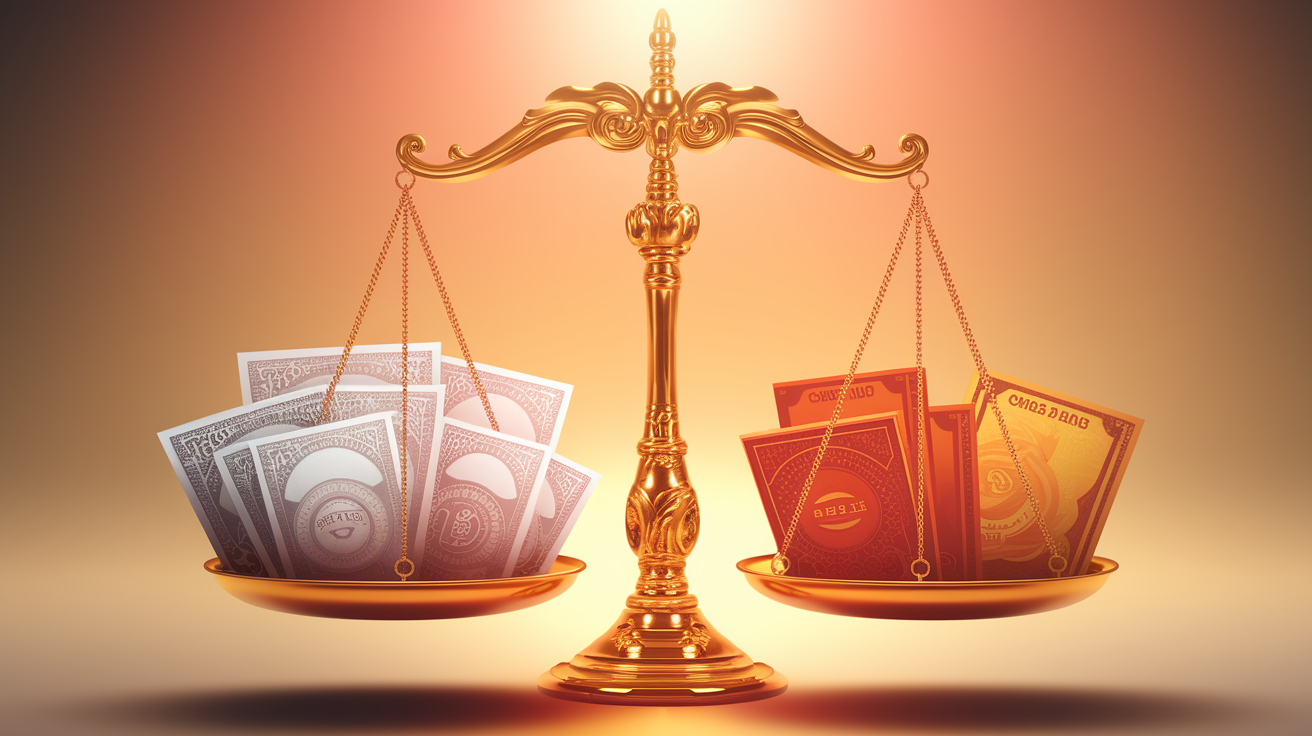Convertible bonds and high-yield bonds are two fascinating investment instruments that offer investors a variety of opportunities and risks. While convertible bonds combine the best of both the equity and bond worlds with their hybrid nature, high-yield bonds attract with alluring returns. But which of these instruments is better suited for the current market environment and which risk profile? In this article, we will examine the risk and return profiles and analyze current trends to provide you with a solid decision-making basis.
Risk and Yield Opportunities Compared: Convertible Bonds and High-Yield Bonds in the Spotlight

In the world of asset classes, convertible bonds and high-yield bonds represent two intriguing options, each with specific risk and return profiles. These instruments offer investors the opportunity to diversify their portfolios through different strategies while pursuing their investment goals.
Convertible bonds serve as hybrid financial instruments that combine features of both fixed income securities and equities. They give investors the chance to benefit from conversion options in the event of an increase in the price of the underlying stocks, thereby creating significant potential for returns. The appeal of these instruments lies in their dual function: on the one hand, they provide a stable source of income through fixed interest coupons and theoretical redemption of the nominal value in case the conversion option is not exercised, while on the other hand, they offer the possibility of additional gains in the event of a positive stock price trend.
However, the risk of convertible bonds is closely tied to the performance of the underlying stock prices. Poor stock performance can reduce potential gains and lead to greater volatility. Additionally, as with all categories of bonds, there is a credit risk associated with the possible insolvency of the issuer.
In contrast, high-yield bonds require a much greater risk appetite from investors, but they attract with above-average interest payments. These securities are issued by issuers with lower credit quality and therefore are more affected by economic fluctuations and market uncertainties. The high credit risk of these bonds necessitates that investors have an optimistic assessment of market conditions and a corresponding willingness to take risks.
High-yield bonds have the advantage of generating high returns in a low interest rate environment. They add a valuable aspect of high returns to the portfolio investment during periods of economic stability and low rates, but they also carry the risk of significant losses in the event of an economic recession or rising rates.
The choice between convertible bonds and high-yield bonds must be made carefully and largely depends on the risk tolerance and return expectations of investors. Both forms of investment offer interesting diversification opportunities and should be considered in an appropriate market environment to fully exploit the potential investment efficiency.
Dynamics in the Market Environment: A Comparison of Convertible Bonds and High-Yield Bonds

In the context of fluctuations in the global economy and geopolitical uncertainties that characterize the financial markets in 2023, both convertible bonds and high-yield bonds remain interesting investment opportunities, although different. Their potential and risk depend heavily on the current market conditions, forcing investors to adjust their strategies if necessary.
Convertible bonds represent a particular investment instrument in the current economic landscape. These securities, which offer the ability to be converted into stocks, enjoy steady demand. They are particularly attractive during periods of rising stock prices because investors can benefit from price increases without facing the full risk of a direct investment in stocks. The interest paid by convertible bonds is often below the level of conventional high-yield bonds; however, the conversion right is considered by many investors to be a valuable tool that offsets this disadvantage.
Conversely, high-yield bonds rely on the willingness of investors to take greater risks to achieve higher returns. These securities offer enormous opportunities in stable and low-rate market conditions, especially because they are often issued by companies with lower credit ratings. Currently, European high-yield bonds are in demand due to their robust returns and relatively short maturities, making them an attractive choice for investors seeking diversification and a certain degree of risk.
A comparison between the two asset classes highlights that their relevance and attractiveness depend heavily on macroeconomic conditions. While convertible bonds offer a medium level of risk and return, they excel in their flexibility. High-yield bonds, in contrast, attract with high returns but can entail significant potential for loss.
Currently, the stabilization of inflation and the attainment of a plateau in interest rates suggest that bond markets are looking toward a certain equilibrium. However, persistent geopolitical and macroeconomic uncertainties require a careful assessment of investment options. In this volatile environment, convertible and high-yield bonds remain central themes for investors, who must choose between these options based on their risk tolerance and investment objectives.